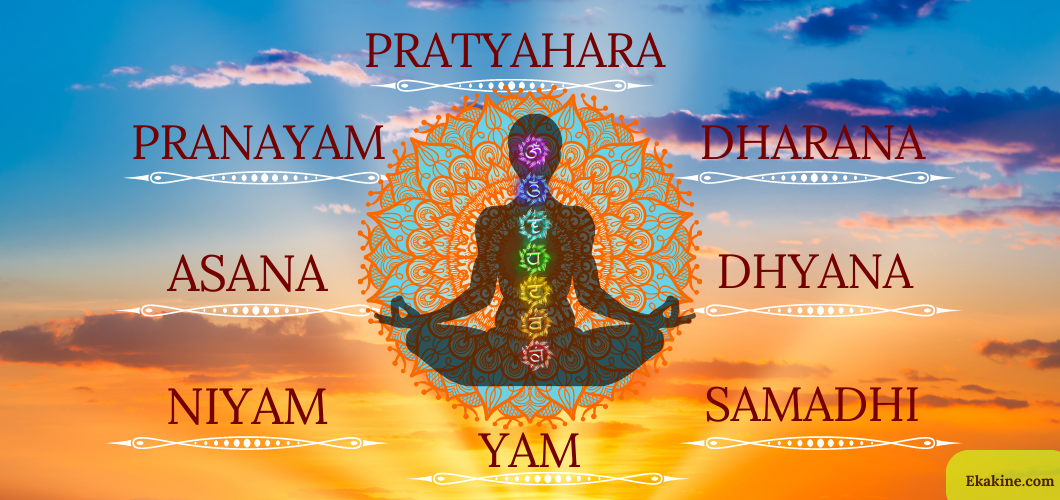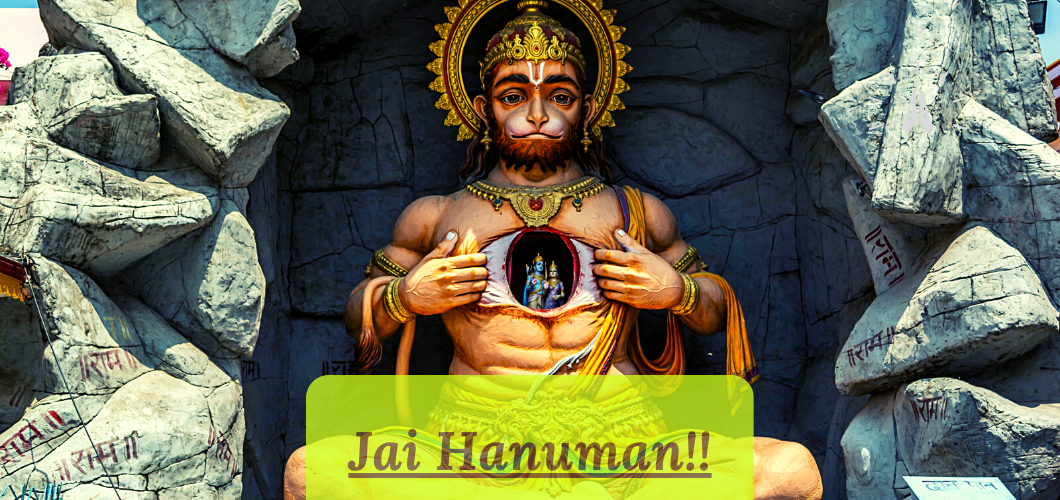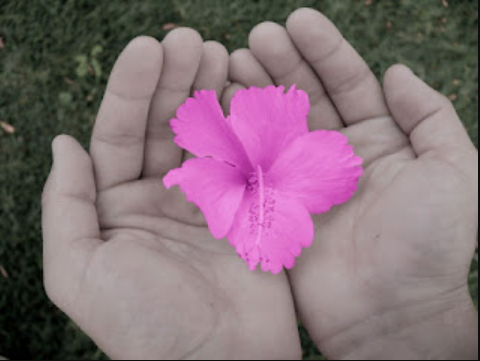Unlock the power of forgiveness and experience inner peace and spiritual growth!
Forgiveness is a concept that has been explored in many different contexts throughout history, from religious traditions to modern psychology. It’s a concept that is often associated with letting go of anger or resentment towards someone who has wronged us. However, forgiveness is much more than just a means of resolving conflicts or finding closure. In fact, forgiveness is an essential component of spiritual growth and personal well-being. In the below line I am gonna talk intensively on The Power of Forgiveness: Cultivating Inner Peace and Spiritual Growth.
Spiritual traditions from around the world recognize the power of forgiveness to transform our lives. Forgiveness can help us let go of past hurts, cultivate compassion and empathy, and open our hearts to new possibilities. It can improve our relationships with others and with ourselves, and can even have physical and emotional benefits.
In this article, we will explore the power of forgiveness in spiritual growth. We will discuss what forgiveness is, why it is important in spiritual practice, and the benefits it can bring to our lives. We will also explore some of the obstacles that can make forgiveness difficult, and offer practical tips on how to cultivate forgiveness in our daily lives. Whether you are looking to improve your relationships, cultivate inner peace, or deepen your spiritual practice, forgiveness is a powerful tool that can help you achieve your goals.
If you’re looking to improve your personal growth and well-being, forgiveness can play a vital role in achieving these goals. Forgiveness is the act of releasing negative feelings towards someone who has caused us harm or pain. It’s a powerful tool that can help us move forward from past experiences, cultivate empathy and compassion, and deepen our spiritual practice.
Forgiveness plays an important role in spiritual growth as it allows us to let go of negative emotions and open ourselves up to new possibilities. It’s an essential component of many spiritual traditions and can bring us closer to our true selves and a higher power. Forgiveness can also have a positive impact on our relationships with others, helping us to improve communication and build stronger connections.
In addition to its spiritual benefits, forgiveness is crucial for personal growth and healing. Holding onto anger, resentment, or other negative emotions can be detrimental to our mental and physical health. Forgiveness, on the other hand, has been linked to a range of health benefits, including improved mood, reduced stress, and lower blood pressure. It can also lead to greater emotional resilience and an overall sense of well-being.
If you’re struggling with forgiveness, it’s important to remember that it’s a process that takes time and effort. It’s not always easy, but the benefits are worth it. Some practical tips for cultivating forgiveness include practicing empathy and compassion, focusing on the positive aspects of a situation, and seeking support from trusted friends or professionals.
In conclusion, forgiveness is a powerful tool that can have significant benefits for both spiritual growth and personal well-being. By releasing negative emotions and cultivating empathy and compassion, we can move forward from past experiences and build stronger connections with others. So, consider forgiveness as an essential part of your personal growth journey.
Forgiveness and Spiritual Growth
Let me share with you why forgiveness is crucial for spiritual growth and how it can benefit you. I believe that forgiveness is a fundamental aspect of developing inner peace and harmony in our lives. It is a powerful spiritual discipline that can unlock the doors to a more fulfilling and joyful existence. Forgiveness is not only about pardoning others but also about letting go of our own past mistakes and regrets, and moving forward with a positive mindset.
In this blog post, I encourage you to cultivate a forgiving attitude towards yourself and others. Forgiveness can transform your life, leading to spiritual growth and true liberation. It helps us to let go of past hurts and resentments, and instead, embrace compassion, empathy, and kindness. By forgiving ourselves and others, we can experience a sense of inner peace that nourishes our spirit and brings us closer to our true selves. So, if you are looking to enhance your spiritual practice and lead a more fulfilling life, forgiveness is a practice worth embracing.
Benefits of Forgiveness
Let’s talk about the benefits of forgiveness and how it can positively impact our lives. Forgiveness has physical, emotional, and spiritual benefits that can improve our overall well-being. When we practice forgiveness, we can experience reduced stress, lower blood pressure, and improved immune system function.
Emotionally, forgiveness can help us let go of negative emotions like anger and resentment, and cultivate positive emotions like compassion and empathy. Forgiveness can improve our relationships with others by promoting understanding, communication, and trust. It can also improve our relationship with ourselves by increasing our self-esteem and reducing self-blame.
Spiritually, forgiveness can help us achieve inner peace, a deeper sense of purpose, and a greater connection to a higher power. Forgiveness allows us to release the past and embrace the present moment with gratitude and acceptance.
Overall, forgiveness is a powerful tool that can bring numerous benefits to our lives. By cultivating forgiveness, we can improve our physical health, emotional well-being, and spiritual growth.
Obstacles to Forgiveness
Sometimes, forgiving someone who has hurt us can be challenging. There are some common obstacles that can make forgiveness difficult, such as the fear of being hurt again, a sense of pride or ego, and the belief that holding onto anger and resentment will somehow protect us.
However, these obstacles only serve to block our spiritual growth and prevent us from experiencing the benefits of forgiveness. To cultivate a forgiving attitude, we must learn to overcome these obstacles.
One way to overcome the fear of being hurt again is to set healthy boundaries with the person who hurt us. This can help us feel safer and more in control, which can make it easier to forgive.
Another obstacle is our sense of pride or ego, which can make it difficult to let go of anger and resentment. To overcome this obstacle, we must learn to see beyond ourselves and our own needs and recognize the value of compassion and empathy towards others.
Lastly, we may believe that holding onto anger and resentment will somehow protect us. However, the truth is that holding onto these negative emotions only harms us in the long run. To overcome this obstacle, we must learn to let go of the past and focus on the present moment.
By overcoming these obstacles and cultivating a forgiving attitude, we can experience the physical, emotional, and spiritual benefits of forgiveness, which can improve our relationships with others and with ourselves. We can find inner peace, experience spiritual growth, and open ourselves up to new possibilities.
The Practice of Forgiveness
In this section, I will provide practical tips on how to cultivate forgiveness in your daily life. Firstly, it is important to acknowledge that forgiveness is a process that takes time and effort. Here are some tips to help you along the way:
- Practice self-compassion: Recognize that forgiving yourself and others is a difficult task, and it is okay to struggle. Be gentle with yourself and practice self-compassion.
- Develop a daily gratitude practice: Gratitude can help shift your focus from negative emotions to positive ones. Practicing gratitude can help you develop a more forgiving attitude.
- Practice meditation: Meditation can help you cultivate a sense of inner calm and peace, which can make it easier to forgive. There are many different types of meditation, so experiment to find one that works for you.
- Seek support: Forgiveness can be a challenging journey, and it can be helpful to have the support of friends, family, or a therapist.
Remember that forgiveness is a process, and it may not happen overnight. But with time, effort, and self-compassion, you can cultivate a more forgiving attitude and experience the benefits of forgiveness in your life.
Frequently Asked Questions (FAQ)
- One of the main benefits of forgiveness is that it can improve our mental and emotional health. Holding onto anger and resentment can lead to stress, anxiety, and even depression.
- Forgiveness can help us let go of these negative emotions and reduce the impact they have on our mental health.
- Another benefit of forgiveness is that it can improve our relationships with others. When we forgive someone, we are able to let go of the negative feelings we have towards them and create space for more positive interactions. This can lead to stronger and more fulfilling relationships.
- Decisional forgiveness: It is when we decide to forgive someone, even if we do not feel any emotional forgiveness yet.
- Emotional forgiveness: It is when we genuinely feel forgiveness towards someone who has wronged us.
- Behavioral forgiveness: It is when we demonstrate forgiveness through our actions and behaviors.
As we come to the end of this article on forgiveness, let’s reflect on the key takeaways. Forgiveness is an essential component of spiritual growth that can help us let go of past hurts and move towards inner peace. By cultivating forgiveness in our daily lives, we can experience physical, emotional, and spiritual benefits, improve our relationships with others and with ourselves, and overcome common obstacles that make forgiveness difficult.
Remember that forgiveness is not just about forgiving others but also about forgiving ourselves. It’s about letting go of the past and moving forward with compassion and empathy towards ourselves and others. To cultivate a forgiving attitude, we can practice meditation, gratitude, and self-compassion.
In conclusion, forgiveness is a transformative practice that can bring inner peace and spiritual growth to individuals who cultivate it in their lives. I encourage you to practice forgiveness in your own life and experience the many benefits that come with it. Let’s strive towards a more forgiving and compassionate world.








